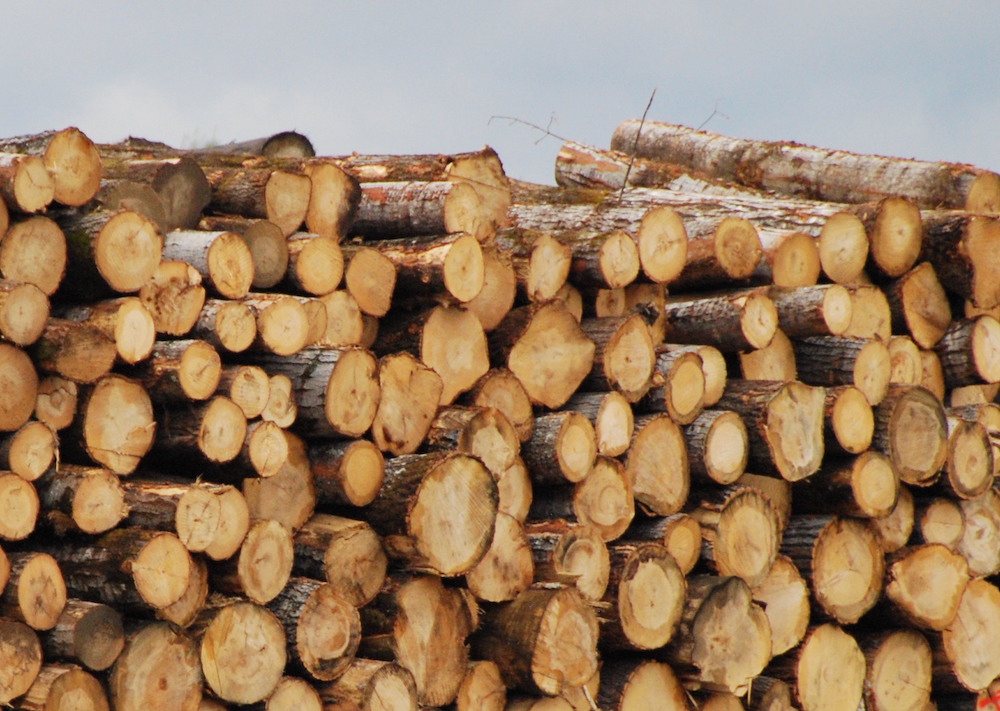
Features
Opinions
First Cut: The math isn’t math-ing
Primary wood industry challenges in B.C. must be addressed before expecting success in secondary manufacturing
June 28, 2024 By Jennifer Ellson
 Photo: Annex Business Media.
Photo: Annex Business Media. In the past few months, I have attended a couple of industry events in British Columbia where Premier David Eby, Forest Minister Bruce Ralston, and Minister of State for Sustainable Forestry Innovation Andrew Mercier have proudly touted their endeavors to bolster the value-added wood products sector. Their declarations, accompanied by substantial financial pledges and support for secondary wood manufacturing, have painted a rosy picture of where the industry is headed.
But stepping outside the conference halls, the reality on the ground tells a different story. There’s a palpable concern within the forest sector about the struggling primary industry and the shrinking annual allowable cut.
Industry leaders are sounding the alarm about a fiber shortage, regulatory uncertainty, and a whirlwind of policy changes that are scaring away investors.
Notably, Canadian forestry enterprises have gravitated towards the Southeastern U.S. over the past two decades, enticed by the allure of managed forests in the region. This trajectory was initiated in 2006 when Canfor made significant acquisitions in South Carolina.
Moreover, recent news from Canfor about the closure of its sawmill in Bear Lake, B.C., a pulp line in Prince George, and the suspension of reinvestment plans in Houston, B.C., underscores a distressing trend. Canfor’s announcement regarding the closures delivered a stark assessment of B.C.’s forestry policy, saying there’s enough timber to continue operations, but the prevailing forest policies have caused uncertainty, making it unstable to invest in the province.
Other companies have similarly blamed the low availability and high cost of fibre in the past when announcing closures and curtailments.
At the COFI Convention in April, COFI president and CEO Linda Coady highlighted a significant decline in wood harvests, now at 32 million cubic meters annually – merely half of what it was five years ago. She stressed that this is simply not enough to sustain the industry’s workforce.
“The overwhelming number of policy changes is creating an unsustainable environment for businesses,” she mused.
Similarly, at the Truck Loggers Convention in January, Inland Truck and Equipment’s Tracey Russell echoed these sentiments and directly appealed to Premier Eby, highlighting the discord between the government’s buoyant forecasts and the industry’s harsh reality. The reduction in harvesting rights, he emphasized, represents a massive setback, comparing the current financial challenges to those faced during the 2008 financial crisis.
Despite these warnings, the premier and his ministers remain optimistic, highlighting significant investments in value-added products. But, when you look at the struggling primary wood industry, it’s hard to share that optimism. The disparity is glaring – how can one envision a flourishing value-added and secondary manufacturing sector when the primary wood industry languishes in disarray?
The math simply isn’t adding up. It’s like trying to make lemonade when there are barely any lemons to be found.
Manufacturers and investors see things differently. It requires them to invest millions in retooling their mills to produce these new value-added products, which makes them hesitant as they need stability and surety of fiber supply.
In light of these challenges, the B.C. forest industry is calling for government intervention amidst mill closures and lumber curtailments. Coady’s plea for an accelerated effort to stabilize fiber supply underscores the urgency of the situation.
The onus lies squarely on the shoulders of the policymakers to address the fundamental issues plaguing the primary wood industry before expecting success in secondary manufacturing.
Without stabilizing the primary sector, the investments in value-added products are likely to fall short. It’s time for government authorities to heed the industry’s calls for certainty and sustainable practices to ensure a thriving future for all facets of forestry in British Columbia.
Print this page